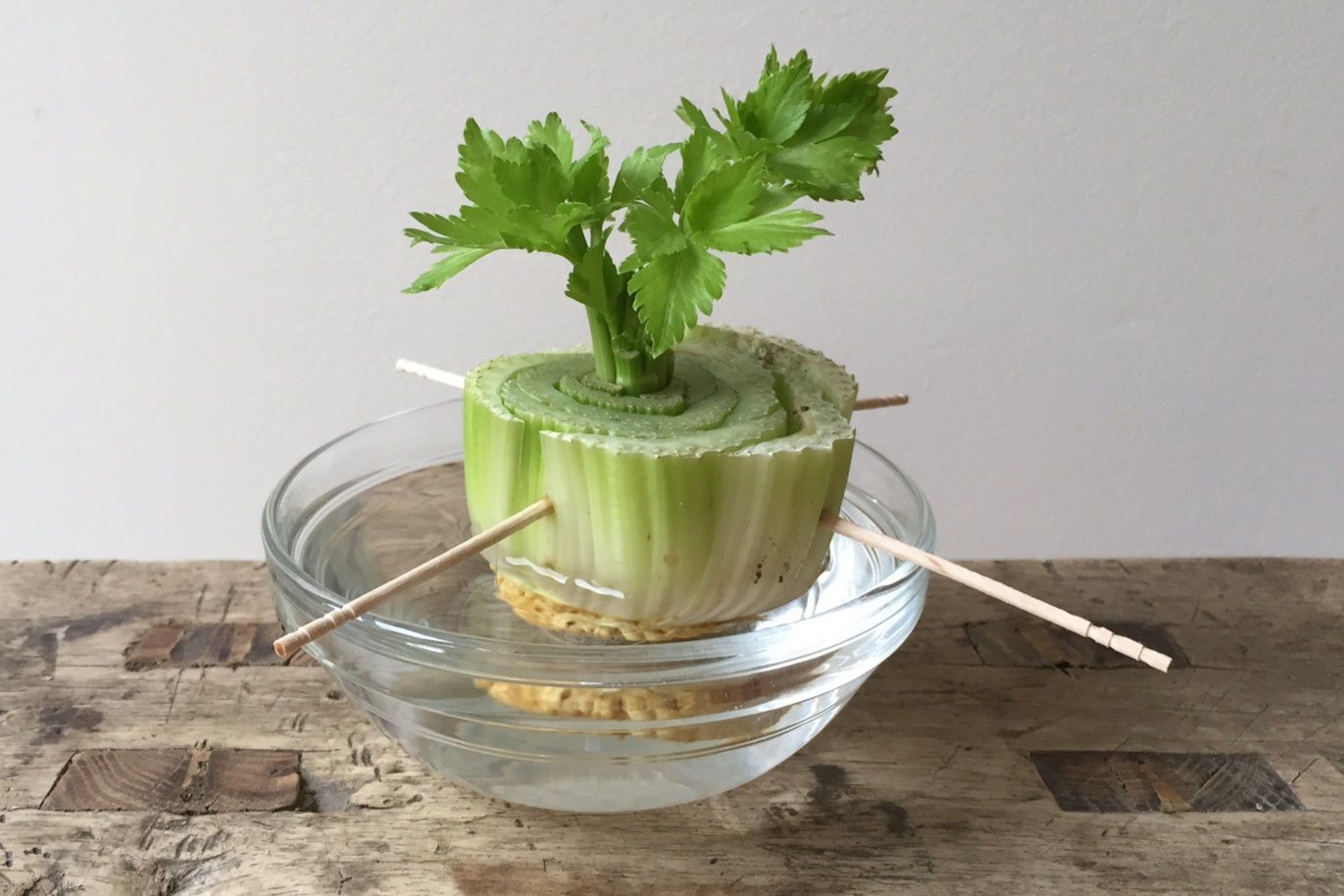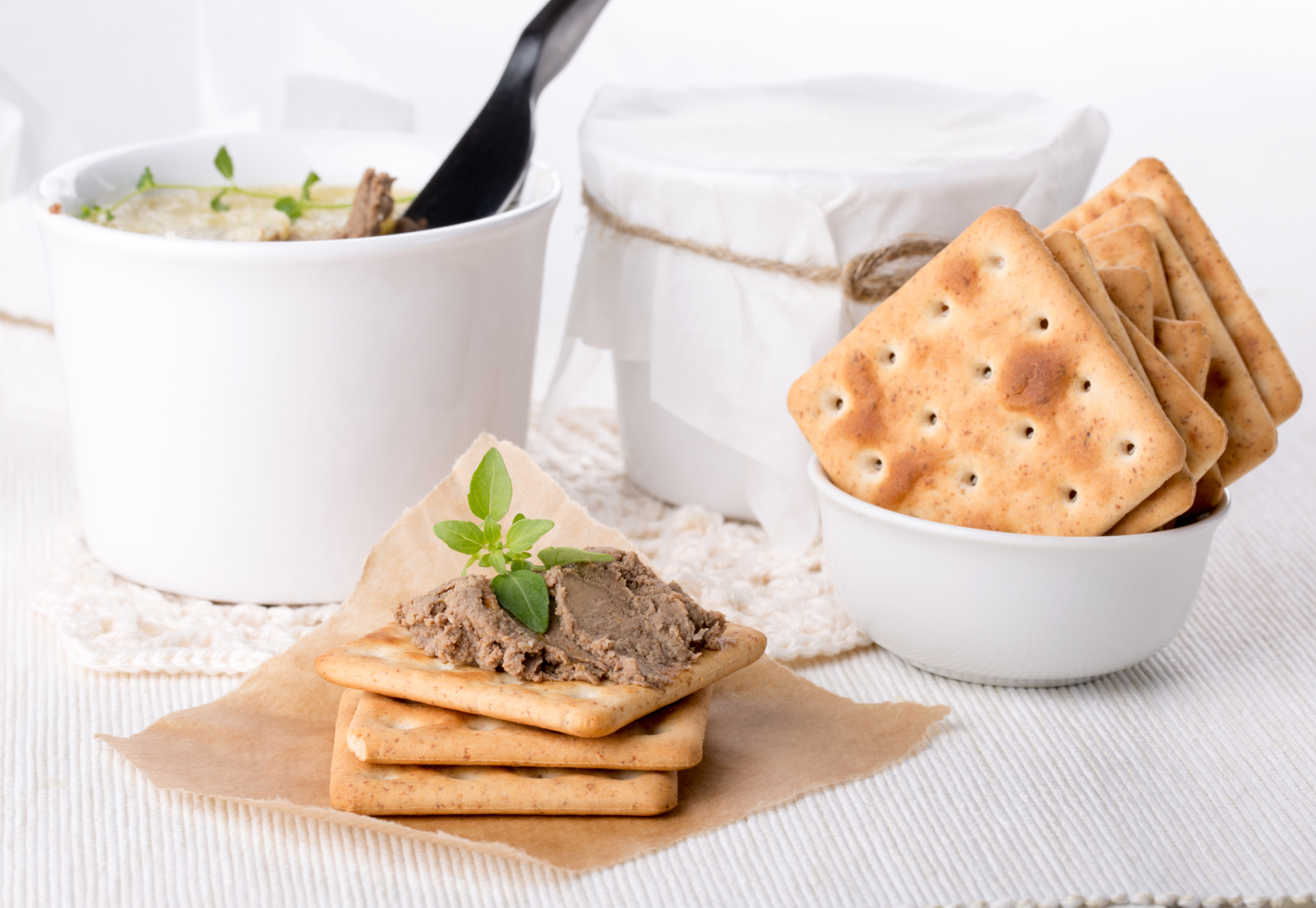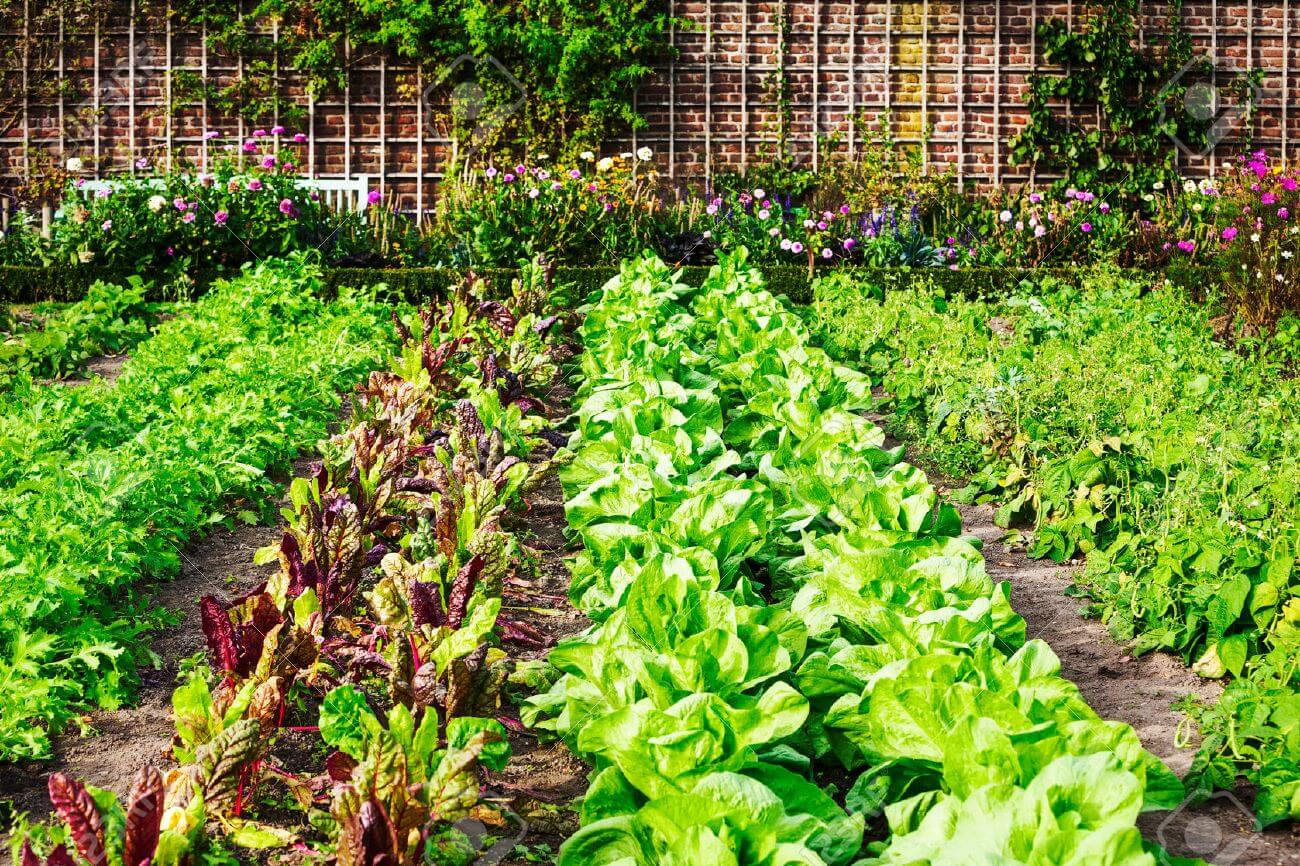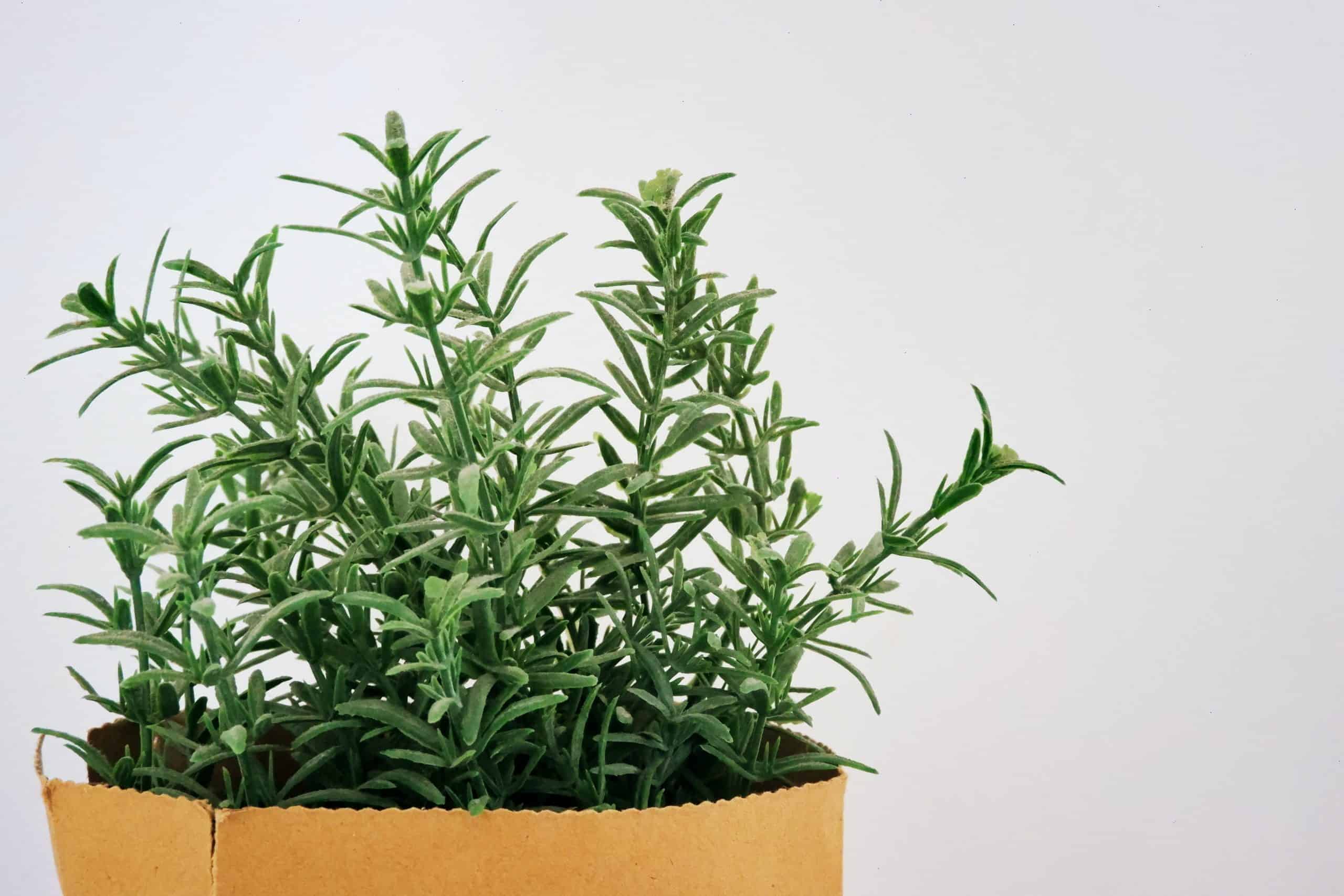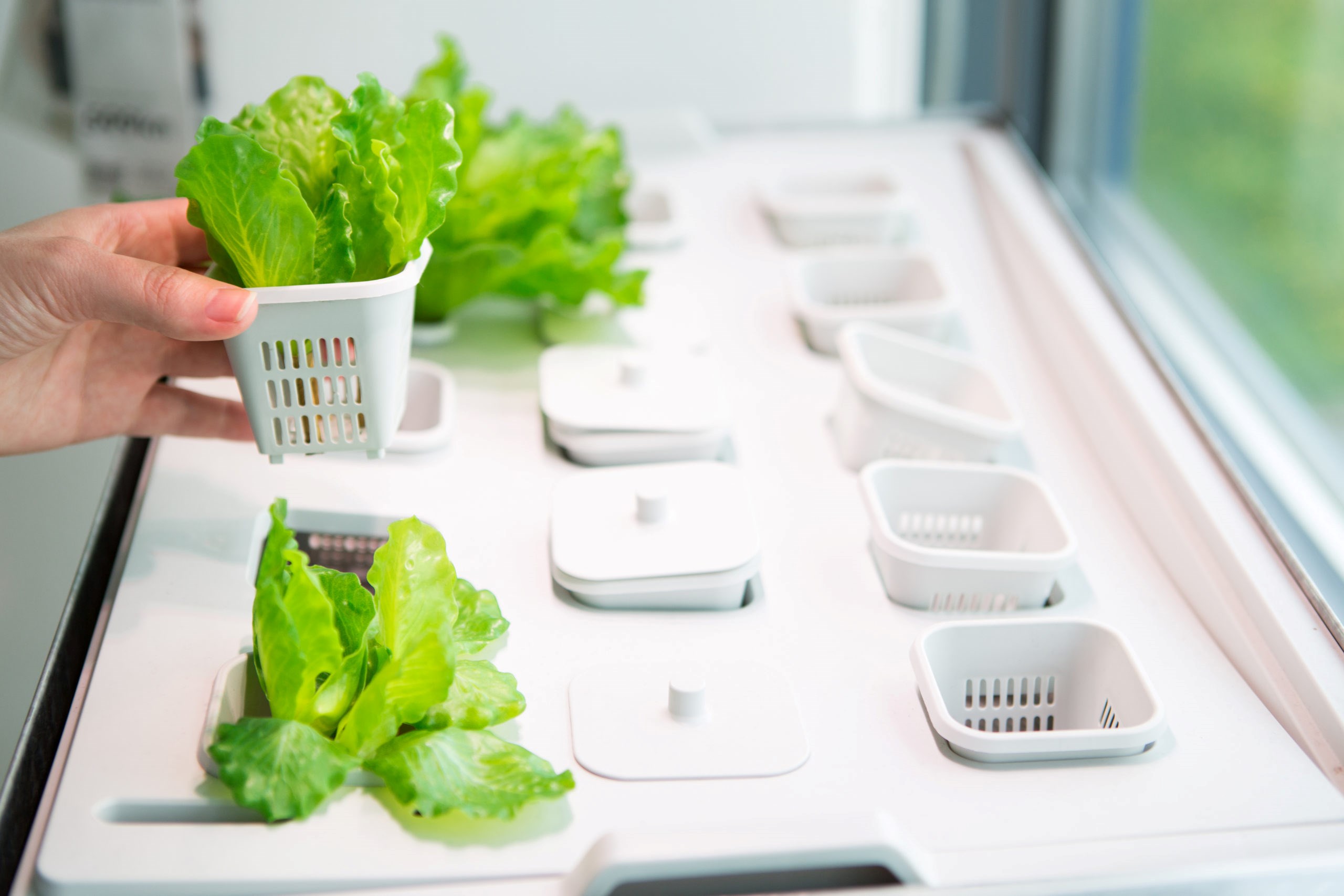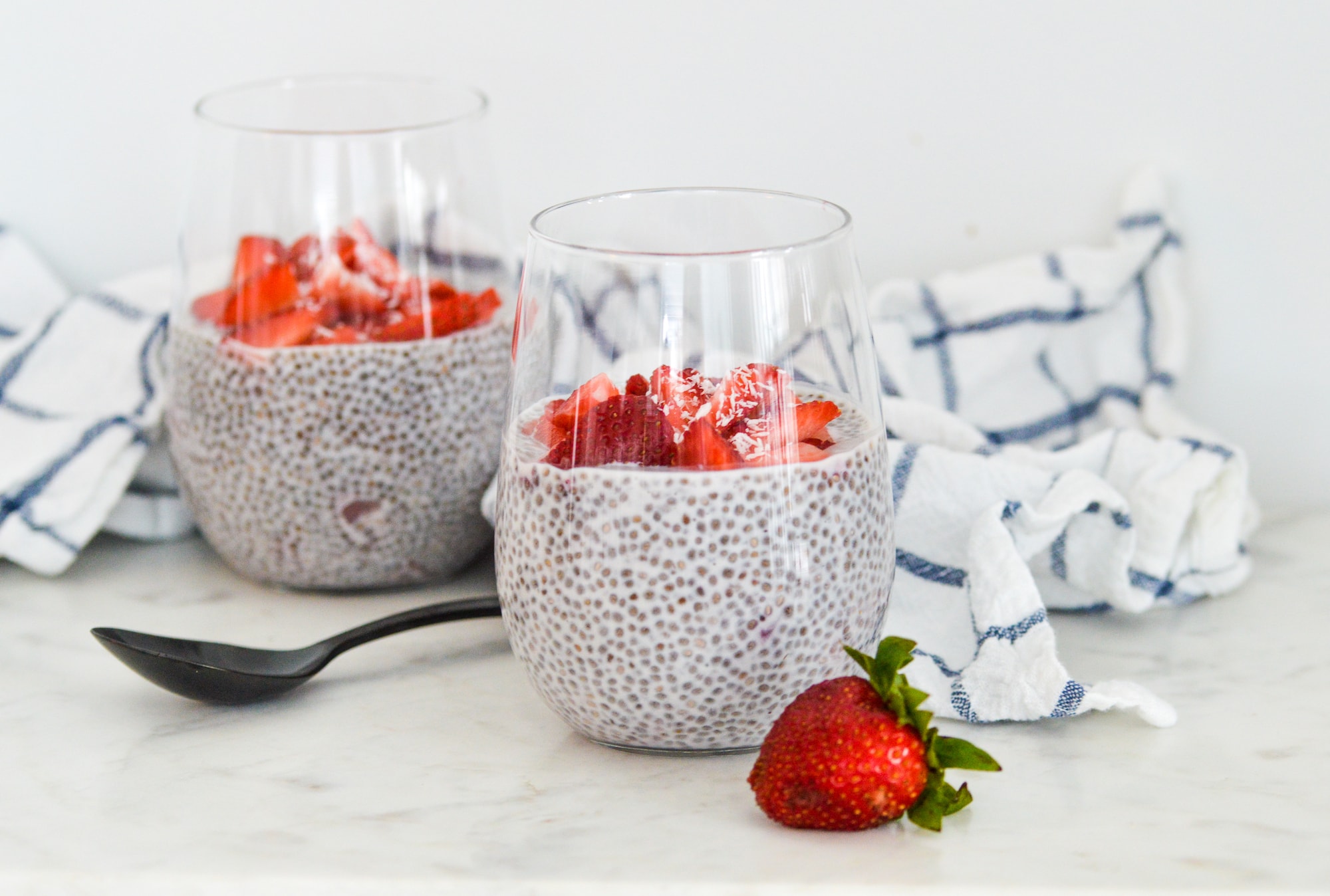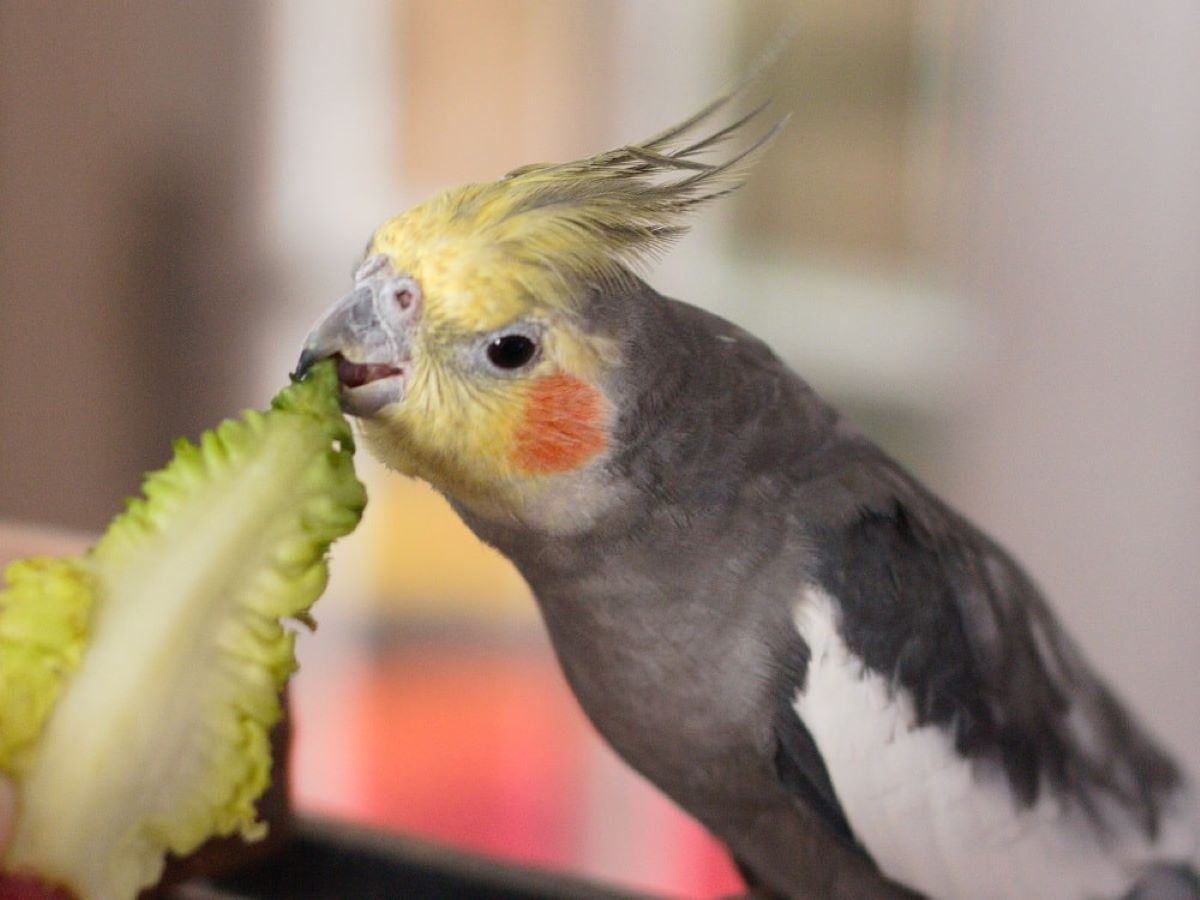Home>Types of Gardening>Edible Gardening>What Vegetables Can I Grow Hydroponically


Edible Gardening
What Vegetables Can I Grow Hydroponically
Modified: January 22, 2024
Discover the benefits of hydroponic gardening and explore a variety of edible plants that thrive in a hydroponic system. Enhance your edible gardening skills with hydroponics!
(Many of the links in this article redirect to a specific reviewed product. Your purchase of these products through affiliate links helps to generate commission for Chicagolandgardening.com, at no extra cost. Learn more)
Table of Contents
Introduction
When it comes to growing your own vegetables, traditional soil-based methods may not always be feasible. Limited space, poor soil quality, and environmental constraints can hinder your gardening efforts. That’s where hydroponic gardening comes in. Hydroponics is a method of growing plants without soil, using a carefully balanced nutrient-rich water solution instead. This innovative technique allows you to cultivate a wide variety of vegetables indoors, with smaller space requirements and greater control over growing conditions.
Hydroponic gardening has gained immense popularity in recent years, thanks to its numerous benefits. By understanding the basics of hydroponics and choosing the right vegetables to grow, you can enjoy a bountiful harvest all year round.
In this article, we will explore the various vegetables that can thrive in hydroponic systems. Whether you’re a seasoned gardener or a beginner, hydroponics offers a sustainable and efficient way to grow your own fresh produce.
So, let’s dive in and discover the exciting world of hydroponic vegetable gardening!
Benefits of Growing Vegetables Hydroponically
Hydroponic gardening offers a range of advantages that make it an appealing option for growing vegetables. Here are some of the key benefits:
1. Efficient use of space: Hydroponic systems allow you to grow a significant number of plants in a limited area. By eliminating the need for soil, plants can be arranged in vertical stacks or trays, maximizing the use of vertical space and significantly increasing your yield per square foot.
2. Reduced water consumption: Unlike traditional soil-based gardening, hydroponic systems are designed to be highly water-efficient. Using a closed-loop system, water is recirculated, minimizing water wastage. Additionally, the water used in hydroponics is directly delivered to the roots, reducing evaporation and optimizing plant hydration.
3. Enhanced control over growing conditions: Hydroponic gardening allows you to have full control over the growing environment. You can optimize factors such as temperature, humidity, pH levels, and nutrient concentrations. This precise control ensures optimal growth and reduces the risk of pests and diseases.
4. Faster growth and higher yields: Without the limitations of soil, plants grown hydroponically have access to a consistent and readily available supply of nutrients. This accelerates their growth rate and enables them to reach maturity faster. As a result, hydroponic gardens can produce higher yields compared to traditional gardens in the same amount of time.
5. Year-round harvests: With hydroponics, you can enjoy fresh vegetables throughout the year, regardless of the season. By creating an artificial environment with the perfect growing conditions, you can extend the growing season and harvest your favorite vegetables whenever you desire.
6. Cleaner and healthier produce: Since hydroponic systems are free from soil, there is a reduced risk of soil-borne diseases or contaminants. This results in cleaner and healthier produce, free from harmful pesticides or chemical residues. Moreover, you have the freedom to grow your vegetables organically, ensuring a higher quality and more nutritious harvest.
These benefits make hydroponic gardening an attractive option for both home gardeners and commercial farmers. Whether you’re looking to supplement your family’s food supply or start a small-scale market garden, hydroponics offers a sustainable and efficient solution.
Choosing the Right Vegetables for Hydroponic Systems
Not all vegetables are suitable for hydroponic growth. Certain plants thrive in a soil-less environment, while others may struggle to adapt. When selecting vegetables for your hydroponic system, consider the following factors:
1. Growth habits: Choose vegetables that have a compact growth habit or can be trained to grow vertically. This will help you optimize the use of space in your hydroponic setup. Vegetables that naturally grow in a bushy or trailing form, such as tomatoes or cucumbers, can be well-suited for vertical growing.
2. Nutrient requirements: Different plants have varying nutrient needs. Look for vegetables that have similar nutrient requirements to ensure efficient use of your nutrient solution. Leafy greens, for example, require high nitrogen levels, while fruiting vegetables like tomatoes and peppers require a balanced nutrient mix.
3. Lighting requirements: Most hydroponic systems rely on artificial lighting to provide the necessary light energy for plant growth. Select vegetables that have moderate to high light requirements and can flourish under artificial lighting conditions. Leafy greens, herbs, and certain fruiting vegetables like peppers are usually well-suited for indoor growing.
4. Disease resistance: Since hydroponic systems are soil-less, some of the traditional soil-borne diseases are minimized. However, it is still essential to choose vegetable varieties that are more resistant to common diseases and pests. Disease-resistant varieties will reduce the risk of plant losses and ensure a successful harvest.
5. Taste and preference: Ultimately, choose vegetables that you and your family enjoy eating. Growing your own produce offers the opportunity to enjoy flavorful, homegrown vegetables that may not be readily available in the market. Consider your personal preferences and prioritize vegetables that you would love to have in your kitchen.
6. Experimentation: Don’t be afraid to try new and unique vegetables in your hydroponic system. Hydroponics allows for unparalleled flexibility, so take advantage of it. From exotic greens to specialty herbs or even root crops, feel free to experiment and expand your culinary horizons.
By carefully considering these factors, you can select the right vegetables for your hydroponic system, ensuring a successful and rewarding gardening experience. Remember to start with a few simple and easy-to-grow vegetables and gradually expand your crop selection as you gain more experience and confidence in hydroponics.
Leafy Greens
Leafy greens are some of the easiest and most popular vegetables to grow hydroponically. With their compact growth habit and relatively short maturity period, they are ideal for small-scale hydroponic systems. Here are some of the top leafy greens that thrive in hydroponic environments:
Lettuce: Lettuce is a staple in hydroponic gardens due to its fast growth and versatility. Varieties like Bibb, Romaine, or Butterhead lettuce are well-suited for hydroponics. They require cool temperatures and can be harvested at different stages, from baby greens to full heads.
Spinach: Spinach is another popular leafy green that performs exceptionally well in hydroponic systems. It grows quickly and can be harvested continuously by picking outer leaves, allowing the plant to continue producing. Spinach prefers slightly cooler temperatures and will thrive under lower light conditions.
Kale: Kale is a nutrient-dense leafy green that is becoming increasingly popular for its health benefits. Hydroponic kale can produce tender and flavorful leaves consistently, without the bitterness associated with some soil-grown varieties. Varieties like Dwarf Siberian or Redbor kale are suitable choices for hydroponics.
Arugula: Arugula, with its peppery taste, is a favorite for salads and sandwiches. It grows quickly and tolerates a wide range of temperatures, making it well-suited for hydroponic production. Arugula can be continuously harvested by selectively picking the outer leaves.
Swiss Chard: Swiss chard is a versatile leafy green that comes in various colorful varieties. It grows well in hydroponics and offers a continuous harvest with its ability to regrow after harvesting. Swiss chard enjoys slightly cooler temperatures and can tolerate low light conditions.
When growing leafy greens hydroponically, ensure that the nutrient solution is well-balanced and rich in nitrogen. Maintain the temperature and humidity levels within the optimal range for each specific leafy green variety to promote healthy growth.
Leafy greens are an excellent choice for beginners in hydroponics, as they are relatively low-maintenance and provide a quick turnaround from planting to harvest. With their fresh taste and nutritional value, growing your own hydroponic leafy greens will be a rewarding experience.
Tomatoes
Tomatoes are a popular and rewarding choice for hydroponic gardening. With their vibrant colors and juicy flavors, homegrown hydroponic tomatoes can surpass store-bought ones in taste and quality. Here’s what you need to know about growing tomatoes hydroponically:
Determinate vs. Indeterminate: Tomatoes can be classified into determinate and indeterminate varieties. Determinate tomatoes are more compact in size and have a predetermined height, making them suitable for smaller hydroponic systems. On the other hand, indeterminate tomatoes are vine-like and continue to grow and produce fruit throughout the season.
Support and Pruning: Since indeterminate tomatoes can become quite tall and heavy, providing adequate support is essential. Use trellises, stakes, or tomato cages to keep the plants upright and prevent the branches from breaking. Regular pruning of suckers (the small shoots that grow between the main stem and the branches) is also crucial to maintain airflow and optimize fruit production.
Varieties: Choose tomato varieties that are well-suited for hydroponics, with a focus on disease resistance and productivity. Popular hydroponic tomato varieties include ‘Roma,’ ‘Beefsteak,’ ‘Cherry,’ and ‘Heirloom’ varieties. Determine if you want to grow larger beefsteak tomatoes or smaller cherry tomatoes based on your preference and available space.
Temperature and Light: Tomatoes thrive in warm temperatures, ideally ranging from 70 to 80°F (21 to 27°C) during the day and slightly cooler at night. Adequate lighting is crucial for tomato plants, especially when growing indoors. Providing them with at least 12-14 hours of artificial light per day is recommended.
Nutrient Requirements: Tomatoes have specific nutrient needs, with a particular focus on potassium, phosphorus, and calcium. Use a nutrient solution specially formulated for tomatoes or adjust your nutrient solution accordingly. Regular monitoring and maintaining the pH levels between 5.8 and 6.3 are also essential for optimal nutrient uptake.
Pollination: In hydroponic systems, where there are no bees or other pollinators, hand pollination is necessary to ensure fruit set. Gently shake the flowers or use a small brush to transfer pollen between flowers. Do this daily when the plants are flowering to enhance the chances of successful pollination.
Growing tomatoes hydroponically allows for greater control over growing conditions, resulting in healthier plants and higher yields. With proper care and attention, you can enjoy a continuous supply of fresh, vine-ripened tomatoes year-round, regardless of the outdoor climate.
Cucumbers
Cucumbers are another excellent choice for hydroponic gardening. These refreshing and crisp vegetables can be grown vertically, making them suitable for small-space hydroponic systems. Here’s what you need to know about growing cucumbers hydroponically:
Vining vs. Bush Cucumbers: Cucumber varieties can be categorized as vining or bush. Vining cucumbers are best suited for larger hydroponic setups with vertical support. They can climb trellises or stakes, optimizing space utilization. Bush cucumbers, on the other hand, are more compact and better suited for smaller systems or containers.
Support and Training: For vining cucumbers, providing a trellis, netting, or string support is essential to keep the plants upright and prevent sprawling. Train the vines to grow vertically, directing them along the support system. Regular pruning of side shoots and lateral branches will help maintain plant health and optimize fruit production.
Varieties: Choose cucumber varieties that are well-suited for hydroponic growing, such as ‘Marketmore,’ ‘Burpless,’ ‘Picklebush,’ or ‘English’ cucumber varieties. Consider your preference for slicing cucumbers or pickling cucumbers and select the appropriate variety accordingly.
Temperature and Humidity: Cucumbers thrive in warm temperatures, with the ideal range being between 75 and 85°F (24 to 29°C) during the day and slightly cooler at night. Maintaining high humidity levels of around 60-70% can also benefit cucumber plants, as they come from tropical regions and enjoy a moist environment.
Nutrient Requirements: Cucumbers require a nutrient solution rich in nitrogen, potassium, and phosphorus. Maintain the pH level between 5.8 and 6.2 to ensure optimal nutrient absorption. Regularly monitor the nutrient levels and adjust the solution as needed to promote vigorous growth and fruit development.
Pollination: Cucumbers have separate male and female flowers, and pollination is necessary for fruit formation. In the absence of natural pollinators, manually hand-pollinating the female flowers using a small brush or gently shaking the flowers can help in fruit set. Repeat this process daily when the plants are flowering.
By providing proper support, managing temperature and humidity, and adequate nutrient supply, you can enjoy a bountiful harvest of hydroponically-grown cucumbers. Whether you prefer slicing cucumbers for salads or pickling cucumbers for homemade pickles, hydroponics offers an efficient way to grow fresh, flavorful cucumbers at any time of year.
Peppers
Peppers are a versatile and colorful addition to any hydroponic garden. Known for their vibrant hues and spicy or sweet flavors, growing peppers hydroponically allows for optimal control over their growing conditions. Here’s what you need to know about growing peppers in a hydroponic system:
Choosing the Right Variety: There are various types of peppers to consider, including bell peppers, chili peppers, and hot peppers. Select pepper varieties that suit your taste preferences and level of spiciness. Popular varieties for hydroponics include ‘California Wonder’ bell pepper, ‘Jalapeno’ chili pepper, or ‘Habanero’ hot pepper.
Temperature and Light: Peppers thrive in warm temperatures, with an optimal range between 70 and 85°F (21 and 29°C) during the day and slightly cooler at night. Adequate lighting is crucial to pepper plants, and they require at least 12 hours of bright light daily. Supplemental grow lights may be needed, especially in areas with limited sunlight.
Support and Pruning: Pepper plants can become top-heavy with a large fruit load, so providing support, such as stakes or cages, is important to keep the plants upright. Pruning the plants by removing non-essential branches and suckers will increase airflow and encourage better fruit growth and ripening.
Nutrient Requirements: Peppers require a well-balanced nutrient solution with a focus on potassium and phosphorus. Additionally, supply them with calcium to prevent blossom end rot. Monitor the nutrient levels and pH regularly to ensure optimal absorption and avoid deficiencies or nutrient imbalances.
Pollination: Peppers are self-pollinating plants, meaning they do not rely on external pollinators. However, gentle shaking or tapping of the flowering branches can facilitate pollination and improve fruit set. Providing adequate airflow and avoiding excessive humidity will also aid in proper pollination.
Harvesting: Peppers can be harvested at various stages of ripeness, depending on your preference. Pick them when they reach the desired size and color. Harvesting regularly will encourage continuous fruit production throughout the growing season.
Whether you enjoy the mild sweetness of bell peppers or the fiery heat of chili peppers, growing peppers hydroponically allows for a consistent supply of fresh and flavorful peppers. With proper care, monitoring, and attention to their specific needs, your hydroponic pepper plants will thrive and provide a bountiful harvest.
Herbs
Herbs are a delightful addition to any hydroponic garden, adding fresh flavors and aromas to your culinary creations. With their compact growth and quick turnaround, herbs are well-suited for hydroponic systems. Here are some popular herbs that thrive in a soil-less environment:
Basil: Basil is a highly aromatic herb known for its rich flavor and versatility. It thrives in hydroponic setups, producing abundant leaves that are perfect for pesto, salads, and garnishes. Varieties like Genovese basil or Thai basil are popular choices for hydroponic growing.
Mint: Mint is a refreshing herb that can be grown hydroponically, adding a burst of flavor to beverages, desserts, and savory dishes. It grows vigorously in a nutrient-rich environment and can be harvested frequently, encouraging bushy growth. Spearmint and peppermint are common varieties to consider.
Parsley: Parsley is a versatile herb that adds freshness to various dishes. It grows well in hydroponic systems, producing abundant flat or curly leaves. Regular trimming helps maintain the plant’s vigor and encourages new growth.
Cilantro: Cilantro is an herb with a distinct flavor used in many cuisines. It grows quickly in hydroponic systems, providing a continuous supply of pungent leaves. Harvesting the outer leaves while allowing the central stalk to grow will allow for continuous production.
Oregano: Oregano is a popular herb known for its aromatic leaves and robust flavor. It can thrive in hydroponic setups with proper care and regular trimming to encourage bushy growth. Oregano is commonly used in Italian, Greek, and Mediterranean cuisines.
Thyme: Thyme is a versatile herb with a savory aroma. It grows well in hydroponic systems, producing flavorful and aromatic leaves. It can be used fresh or dried in a wide range of dishes, from roasted meats to hearty stews.
Herbs generally require moderate to bright light and well-balanced nutrient solutions. Maintaining proper humidity levels and airflow is also crucial to prevent fungal diseases. Harvesting regularly by trimming the outer leaves stimulates new growth and ensures a continuous supply of fresh herbs.
Having a hydroponic herb garden allows you to enjoy a variety of flavors that can enhance your culinary creations. With their compact size and quick growth, herbs are an excellent choice for both beginner and experienced hydroponic gardeners.
Root Vegetables
Root vegetables are a unique category of crops that can be challenging to grow hydroponically due to their underground growth habit. However, some varieties have adaptations that make them suitable for soilless systems. Here are a few root vegetables that can be grown successfully in hydroponics:
Radishes: Radishes are fast-growing root vegetables that can be grown hydroponically. They come in various colors and sizes, adding a crisp texture and mild spiciness to salads and other dishes. Radishes prefer cooler temperatures, making them an excellent choice for indoor hydroponic setups.
Carrots: While carrots require deeper soil for their root development, some varieties are specifically bred for container or hydroponic gardening. These varieties, such as ‘Nelson’ or ‘Nantes,’ have shorter roots and can adapt well to hydroponic systems. The nutrient solution should provide adequate phosphorus and potassium for proper root growth.
Beets: Beets are versatile vegetables that can be grown for their roots and leaves. Certain varieties, like ‘Bull’s Blood’ or ‘Detroit Dark Red,’ have been successfully grown hydroponically. Beet greens can also be harvested gradually, while allowing the roots to continue growing.
Turnips: Turnips are root vegetables that can adapt well to hydroponic environments. Varieties like ‘Tokyo Cross’ or ‘Purple Top White Globe’ can be grown for their succulent roots. The nutrient solution should be well-balanced, with adequate phosphorus and potassium for robust root development.
Onions (Scallions): While traditional onion bulbs are challenging to grow hydroponically, scallions or green onions are a suitable alternative. They have a shallow root system and relatively short growth cycle, making them well-suited for hydroponic cultivation.
Harvesting: The time from planting to harvest can vary depending on the specific root vegetable and variety. Regularly monitor the growth progress and harvest when the roots have reached the desired size and flavor. Leafy greens of root vegetables, such as beet greens or turnip greens, can be harvested gradually while allowing the roots to continue growing.
Growing root vegetables hydroponically may require some experimentation and adjustments to the nutrient solution, as they have different nutrient requirements compared to leafy greens or fruiting vegetables. However, with proper care and attention to their specific needs, you can enjoy homegrown root vegetables with vibrant flavors and textures, even in a soil-less environment.
Other Vegetables Suitable for Hydroponic Growing
While leafy greens, tomatoes, cucumbers, peppers, herbs, and root vegetables are commonly grown in hydroponic systems, there are several other vegetables that can thrive in soil-less environments. Here are a few more vegetables that are suitable for hydroponic growing:
Beans: Both bush beans and pole beans can be grown hydroponically. They are fast-growing and prolific, providing a bountiful harvest of fresh, crisp pods. Choose bush varieties for smaller hydroponic setups or pole varieties if you have vertical support available.
Peas: Peas, including snow peas and sugar snap peas, can be grown hydroponically. They are cool-season crops that prefer slightly lower temperatures. Peas can be trellised or grown vertically to maximize space utilization and ease harvesting.
Scallop Squash: Scallop or pattypan squash is a bushy summer squash that grows well in hydroponic systems. Its compact size and quick maturity make it a suitable choice for smaller hydroponic setups. Harvest the squash when it reaches a small to medium size for tender and flavorful results.
Zucchini: Zucchini is a popular vegetable that can be grown hydroponically. It is a fast-growing and productive crop, with male and female flowers that require hand pollination. Regular harvesting of small to medium-sized zucchini promotes continuous fruit production throughout the growing season.
Eggplant: Eggplants can be successfully grown in hydroponic systems. Choose compact or ornamental varieties that are better suited for smaller setups. Eggplants prefer warm temperatures and benefit from regular pruning to maintain a manageable size and encourage overall plant health.
Green Beans: Green beans, also known as string beans or snap beans, can thrive in hydroponic environments. Look for compact or bush varieties, especially if space is limited. Green beans grow quickly and provide a steady supply of crisp and flavorful pods.
Okra: Okra is a heat-loving vegetable that can be grown hydroponically. It prefers warm temperatures and requires vertical support due to its tall stature. Regular harvesting of young, tender pods promotes continuous production. Okra plants can be quite productive in a well-maintained hydroponic system.
These vegetables are just a sample of the many possibilities for hydroponic gardening. Experiment with different varieties and explore new options to discover what grows best in your hydroponic setup. With the right care, nutrients, and environmental conditions, you can successfully grow a wide range of vegetables, expanding your culinary possibilities and enjoying the many benefits of hydroponic gardening.
Conclusion
Hydroponic gardening provides an innovative and efficient way to grow a wide variety of vegetables. With careful consideration of the specific needs of different vegetables, you can create a thriving hydroponic system and enjoy a bountiful harvest throughout the year. From leafy greens to tomatoes, cucumbers, peppers, herbs, root vegetables, and more, there is a diverse range of vegetables that can be successfully cultivated in a soil-less environment.
The benefits of hydroponic gardening are numerous. It allows for efficient use of space, reduced water consumption, and enhanced control over growing conditions. With proper lighting, nutrient management, and temperature control, you can create an optimal environment for plant growth and achieve higher yields in a shorter time span. Additionally, growing your own vegetables hydroponically ensures cleaner, healthier, and more flavorful produce that can be enjoyed right from your home.
Remember to select the right vegetables for hydroponic systems, considering factors such as growth habits, nutrient requirements, lighting needs, disease resistance, and personal preference. Start with simpler crops like leafy greens and herbs if you are new to hydroponics, and gradually expand your crop selection as you gain more experience and confidence.
By embracing hydroponic gardening and exploring the possibilities it offers, you can embark on a rewarding journey of self-sufficiency and sustainability. Whether you have limited space, poor soil quality, or simply a desire to grow your own fresh produce, hydroponics provides an accessible and efficient solution. So dive into the exciting world of hydroponic vegetable gardening and experience the joy of growing your own food, nourishing both body and soul.

